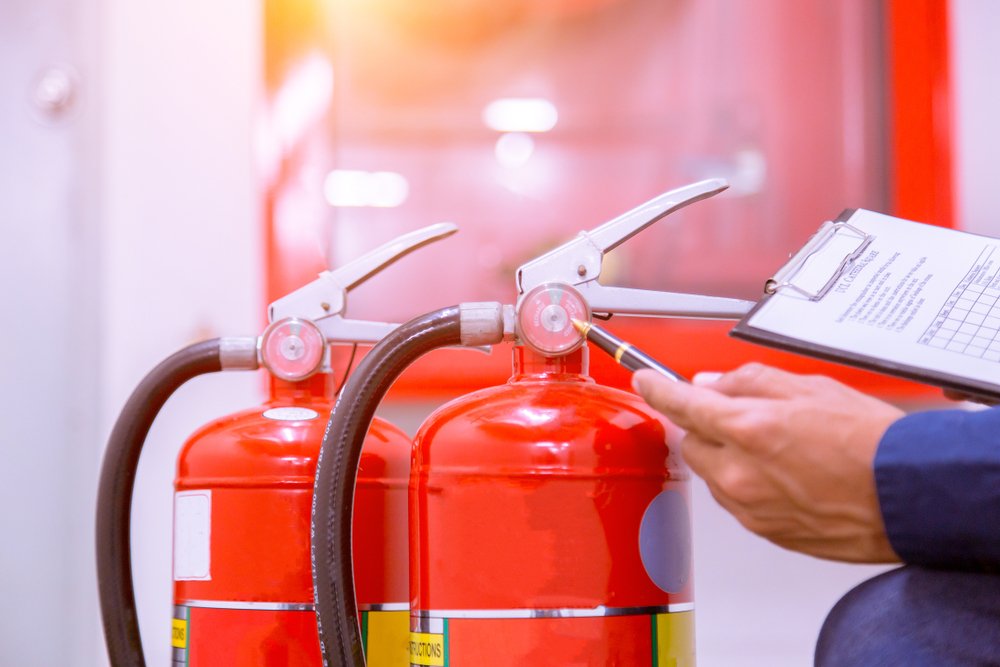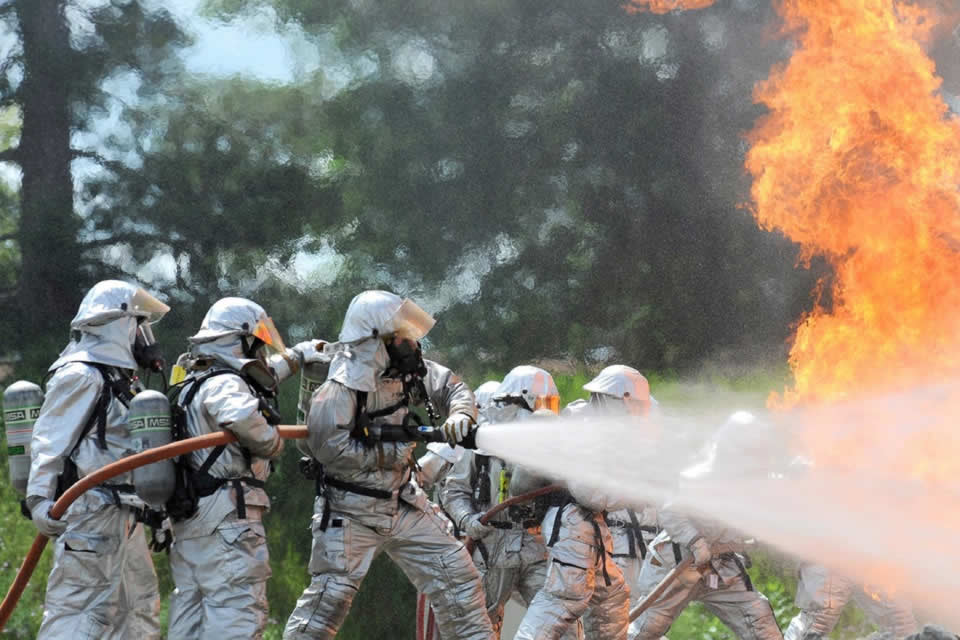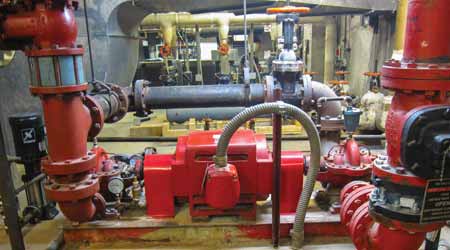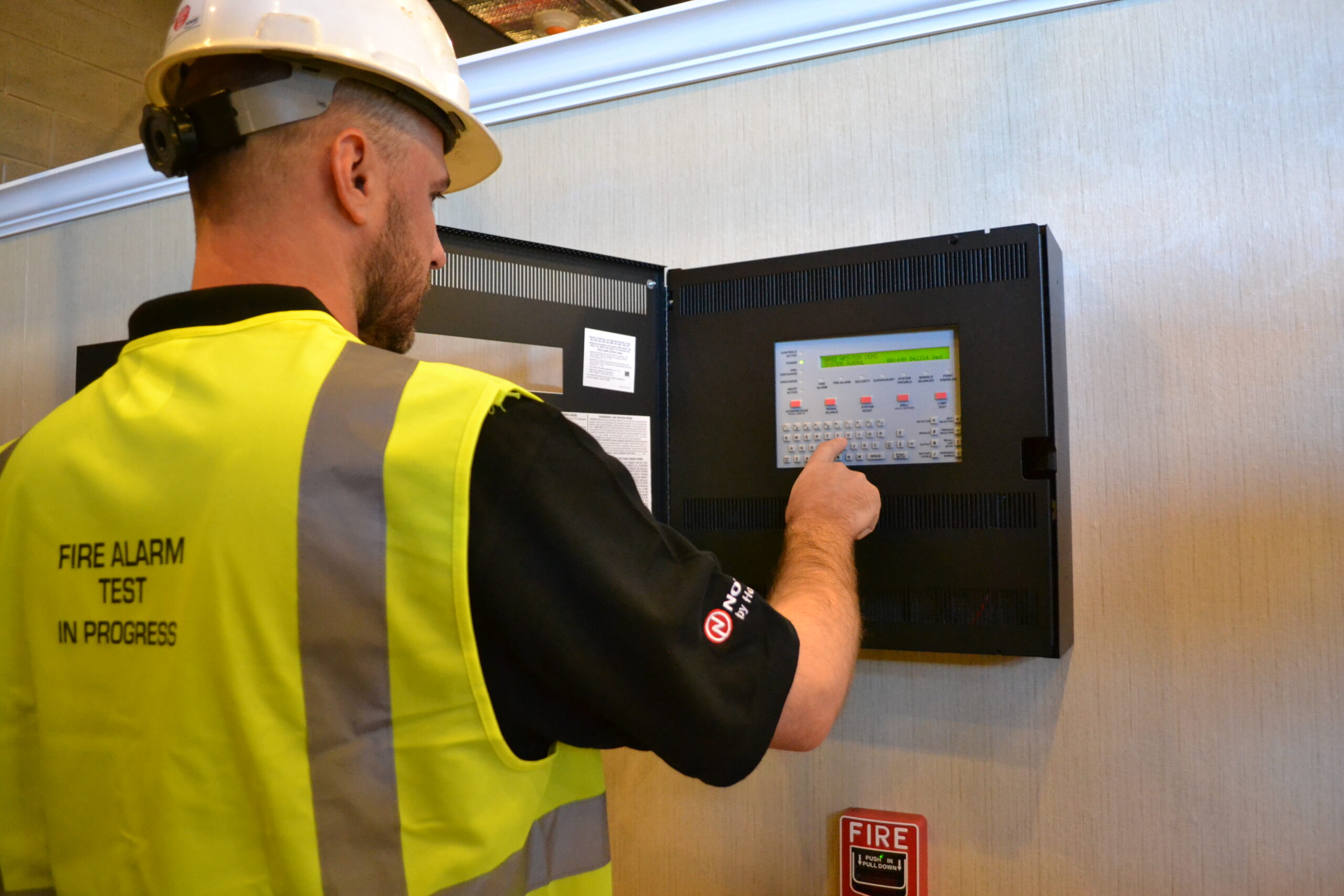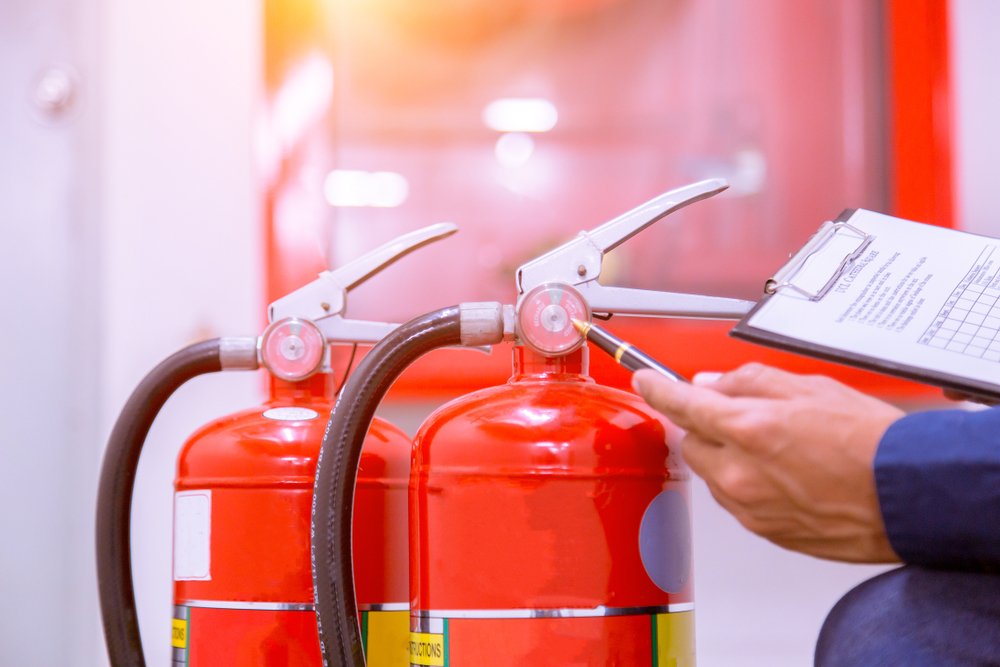Increasingly, health and safety is coming under the public spotlight. Long-held interpretations are being overturned and company directors are increasingly looking for reassurance that they are compliant with health and safety regulations. Nevertheless, reducing fire risk is not easy, particularly for large organisations. There are many factors to consider, including building type, occupancy level and the regulations in different countries.
OSHA requirements for workplace fire safety
OSHA requires employers to develop a plan to address fire hazards at their workplace. These plans must address combustible materials, ignition sources, and emergency evacuation procedures. They must be documented and posted. If you have fewer than ten employees, this requirement is waived. However, you should still develop a plan and communicate it to your employees verbally.
The most basic safety measures can prevent workplace fires. These include properly storing chemicals and flammable liquids, cleaning up spills, inspecting electrical cords, and inspecting work spaces. Additionally, employees should be trained on fire safety procedures, participate in workplace fire safety drills, and report potential hazards to their employers.
A written plan should identify management, supervisor, and employee responsibilities in preventing and containing workplace fires. It should also explain what flammable materials the workplace contains, where they are stored, and how they should be handled. It should also outline how to sound an employee fire alarm system. The plan must be regularly reviewed and updated.
The plan must also include exits that are clearly marked as fire exits. These exits should be free from obstruction and easy to reach. Also, exit signs must be self-illuminating or illuminated by a light source outside the workplace. The plan should also include instructions for disabled workers. In addition, a supervisor must be present to assist disabled workers during emergency evacuation, and a substitute supervisor must be present in the event of his or her absence.
In addition to fire alarm systems, buildings must be constructed and equipped with fire suppression systems. The goal is to alert employees of impending fires and give them sufficient time to evacuate the area. Moreover, total flooding fire suppression systems must be equipped with area pre-discharge alarms. This allows occupants to evacuate in time and avoid any unnecessary dangers. Employees must also be taught how to locate the emergency exits. Additionally, it is essential to conduct regular drills.
Training employees in the proper use of fire extinguishers is another essential OSHA requirement for workplace fire safety. The training should occur when an employee is hired and again at least annually. The training should include the type of extinguisher appropriate for the materials used in the area. This training should be conducted in a timely manner to ensure that the employees know how to use the fire safety equipment.
Fire drills are a great way to familiarize employees with emergency procedures and where the means of egress are. These drills also help determine whether or not employees will respond properly to an emergency. In addition to the training, they are also an excellent opportunity for employers to evaluate the skill, knowledge, and attitude of their employees.
Hazards of flammable liquids
Flammable liquids and their storage and handling pose a hazard to human health and property. However, improper handling of flammable liquids does not always result in fire or explosion. This is due to the fact that flammable liquids need other factors to ignite in order to cause a serious fire or explosion. As such, proper precautions must be taken to minimize the risk of fire.
A flammable liquid’s flash point is its minimum temperature at which it will produce a sufficient amount of vapor to ignite the air near its surface. Soluble gases with low flash points are especially flammable. Flammable liquids are classified into different hazard categories based on their boiling and flash points. These categories are based on the National Fire Protection Association’s (NFPA) standards and the Globally Harmonized System. The table below shows examples of each category.
Flammable liquids are subdivided into three classes. Category 1 is the most flammable, while category 4 is the least flammable. Their boiling and flashpoints are measured in degrees F and C. These values are used to determine which products and chemicals are considered flammable.
Hazardous liquids pose a serious health hazard for workers. Proper storage and handling are essential to prevent a catastrophic fire. Workers should be properly trained in the use of these chemicals and the risks of exposure. Additionally, workers should wear clothing that does not contain static.
Proper ventilation is necessary for safe storage of flammable liquids. Storage facilities should have adequate ventilation to prevent flashback, which is a dangerous occurrence. Additionally, workers should avoid smoking or other sources of ignition in proximity to flammable liquids.
Flammable liquids and fire safety regulations require that all chemicals and materials used in experiments be labeled. In addition, safety data sheets must be available for researchers. All work involving hazardous chemicals requires at least one person to supervise the process. Safety data sheets should also include proper emergency shut-down procedures.
In addition to labeling, the flammable liquids must be stored in certified metal safety cans. These cans should comply with the manufacturer’s recommendations and should not have spring-loaded closures. They should also be stored separately from other chemicals that may react with them. This separation is known as secondary containment.
Electrical equipment in hazardous areas must be rated for their risk. Flameproof or intrinsically safe electrical equipment should be used in such hazardous environments. In addition, the equipment should be provided with documentation stating the zone where it is located. These controls are necessary to reduce the risk of a fire.
Hazards of contaminated soil
There are several hazards associated with soil contamination. Some of these hazards are harmful to human health, while others pose a risk to the environment. For instance, certain pesticides can contribute to soil contamination, and arsenic and lead are dangerous metals that are naturally occurring in some soils. These pollutants can trickle through soils and enter our water supply.
Contaminated soil is especially hazardous in urban areas or former industrial sites. Plants that grow in these sites can absorb contaminants from the soil, and the dust can stay on them. Moreover, some garden beds are lined with chemically treated wood, which can leach into the soil. Therefore, these sites should be treated with special precautions to avoid contamination.
Fire is also a major risk associated with contaminated soil. Fire can ignite a number of chemicals, and toxic substances may escape into the air. These substances may cause cancer if inhaled. They may also cause skin rashes and elevated blood fats. Because of this, the soil from fires must be thoroughly wetted before it is removed.
The type of soil can also affect the rate of soil contamination. For example, sandy soils can be more prone to contaminate groundwater. This is because coarse-grained sands allow certain contaminants to penetrate into the groundwater much faster than other types of soil. In addition, sand-like soils hold on to contaminants tightly.
The physical form of heavy metals in soil strongly influences the method of remediation. To determine the appropriate approach for each metal, a site-specific risk assessment must be carried out. After soil is properly characterized, a remediation plan should be devised to remove the contaminant.
Contaminated soils pose a threat to human health. Dust and soil particles from contaminated soils can be inhaled or dermally absorbed. This is particularly problematic for outdoor workers who are involved in dusty construction activities. These contaminants can damage the respiratory system and even damage the brain. Some contaminants are also absorbed through the skin. For instance, creosote, a wood preservative, leaches into soil and can cause serious skin reactions.
Fire may also be a threat. Firefighting is an important part of remediation. It is important to ensure that firefighting and containment are coordinated to prevent fires from spreading. A properly prepared site will ensure safety and security for everyone involved in the remediation.
The EPA has several tools and resources to help assess exposure levels to contaminated soils. The EPA ExpoBox website contains information about dust and soil concentrations and available monitoring data. It also includes information on the bioavailability of contaminants in soil and dust. A risk assessment model can help identify the level of exposure to contaminated soil.
Even after firefighting is complete, fire can still be a danger. This danger is increased by the heat from nearby fires and can cause severe burns. Therefore, employers should provide fire extinguishers for their cleanup crews. They should also provide workers with potable water, adequate rest breaks, and access to shade.

